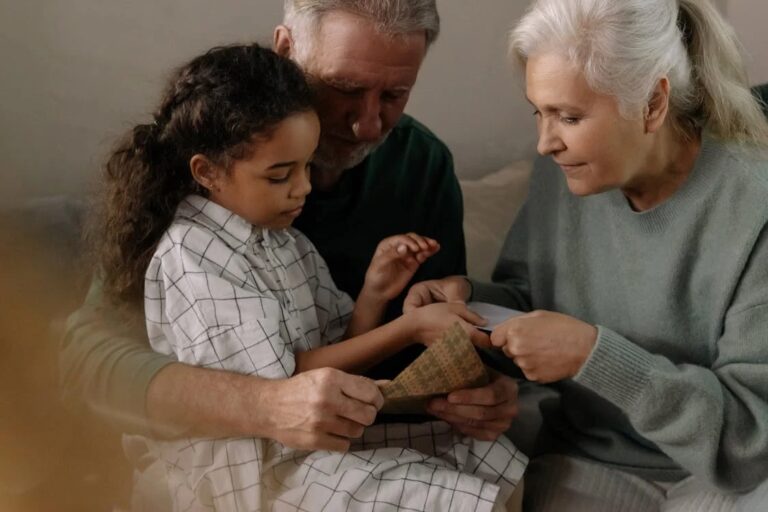Where do you want to go?
Botswana is vast and maps of the greater Okavango Delta are not particularly detailed, mostly because roads deep in the Delta simply don’t exist. We had a clear idea of what we wanted to see, but we needed expert directions to find the experiences we were looking for. As the Cheshire Cat is famous for saying, “If you don’t know where you’re going, any road will take you there”. The concept of financial freedom is different for everyone, and it is up to each of us to decide what financial freedom looks like for us. What is your financial destination?
How do you want to get there?
Whether you choose to fly first-class into Maun International Airport or rough it in an old Defender, the travel options into the Delta are endless, as are the cost options. Your choice of vehicle will impact directly on the costs, length and comfort of your journey. When it comes to financial planning, your choice of lifestyle will impact your financial journey. Living a life of luxury and opulence will increase your costs of living and delay the point at which you reach financial freedom, albeit that your journey will be a comfortable one. On the other hand, living within your means will serve to hasten the point at which you become financially independent if you are prepared to make material sacrifices now for your future freedom.
What type of driver are you?
The type of driver you are will impact directly on the safety and steadiness of your journey. Are you a sure and cautious driver who stays within the speed limits and obeys the rules of the road; or are you a risk-taker, pushing the speed limits and changing course at short notice? Every investor has their own propensity for risk which is why every investment strategy is unique. Your investment strategy should be a carefully crafted blend of your capacity for risk, your investment horizon, your investment objectives and the lifestyle you choose to live. Understanding your financial personality is the first step in constructing an investment plan that works for you.
How long will it take to get there?
Leaving in the early hours of the morning, well before sunrise, not only afforded us additional travelling time, but created a time-buffer in case we were delayed somewhere or missed a turn-off. The length of your journey is one of the most significant considerations when planning a road trip because, in the words of Tennessee Williams, “time is the longest distance between two places”. There is a direct correlation between the length of your investment horizon and your investment returns, proving that starting early always pays dividends.
Do you have a co-driver and/or passengers?
Having a co-driver on a long journey means that the work load can be shared and each driver can take time to rest. Sharing the task of generating income in a dual-income family spreads both the burden of earning and the risk of not earning. As any parent will attest to, driving long distances with young children in the back comes with its own set of challenges. Kiddie comfort breaks, feeding stops, nappy changes and en route entertainment stops can delay the journey and cost extra money. On your financial planning journey, do you have a co-driver? Who are your passengers? How can you ensure that everyone on your journey is comfortable?
How much will the trip cost?
It’s not only the cost of fuel that needs to be considered when undertaking a journey of this enormity. Costs such as vehicle wear-and-tear, spare tyres, park licenses and campsite fees all need to be taken into account when calculating the true cost of the journey. Investment fees are only one component of your greater financial plan, and items such as cancellation fees, penalties and capital gains tax are all factors that can drive up the costs of investing. Not making use of available tax deductions and clumsy investment structuring can further ramp up costs, causing your financial planning journey to be an unnecessarily expensive one.
Where will you refuel and check your car?
A key tactic when planning a road trip, especially on a journey of considerable distance, is to carefully map the points at which you intend to refuel and perform proactive vehicle maintenance. Missing a pivotal pit-stop or failing to check vital indicators can result in fuel depletion, flat tyres or over-heating. There are pin-points on life’s highway that necessitate a review of your financial plan which include events such as marriage, birth, divorce, retrenchment, income changes, business ventures and inheritance, to name just a few. A financial planning review is designed to re-calibrate your plan to ensure your vehicle is still geared to roll the distance.
What will you do when you get there?
The old adage that “life is about the journey and not the destination” is only partly true. Knowing what we intended doing once we reached our destination undoubtedly made travelling the 6000+ kilometres worthwhile, although it certainly didn’t prevent us from having fun along the way. Similarly, your financial planning journey is a balancing act between living the life you want for yourself now and saving for the retirement you envisage for yourself later in life.
Do you have a road map?
Reaching the Okavango Delta without a road map would have been an almost impossible task, especially as we trekked further off the beaten track. At best, a map-less trip would have delayed our arrival in the Delta considerably which, in turn, would have disrupted all future scheduled plans and ultimately cost us money. The absence of a roadmap to financial freedom will inevitably delay your arrival date, and undoubtedly cost you more than you had planned to spend on the journey. A trusted financial advisor plays the role of your GPS – guiding you in the right direction, re-routing your journey when you’ve missed a turn-off and continually recalculating arrival times.
Are you prepared for emergency?
Our particular emergencies included numerous punctures, a few bouts of flu, a spider bite, a broken trailer, getting stuck in treacherously soft sand and a couple of minor injuries. Although we didn’t know what eventualities would befall us, we took steps to deal with the possibility of them occurring. Tow ropes, spades, medical kits, spare tyres, a well-stocked tool bag and some anti-biotics helped us overcome the emergencies as and when they presented themselves. Although we have no way of knowing exactly what lies ahead for each of us, we can take steps to put an emergency fund in place as a buffer in hard times. As Dave Ramsey has said before, “Save three-to-six months of expenses in a Rainy Day fund. Know why? Because it’s going to rain and you’re not the exception.”
Planning now for a journey of forty years or more may seem inconceivable, but the only impossible journey is the one you do not start.
Have a wonderful Thursday.
Sue









